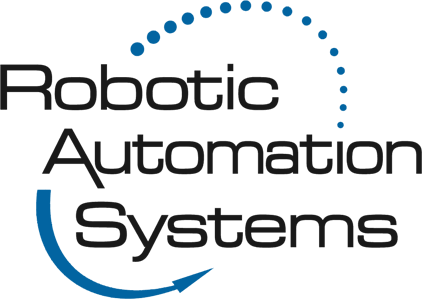What is a Robot Manipulator?
Industrial robots have revolutionized the manufacturing process in numerous industries. Originally introduced to work in inaccessible places and handle radioactive or biohazardous materials, robots are now found in various automation applications, including welding, assembly, robotic surgery, pick-and-place tasks, plastic injection molding, and much more.
If you’re searching for the right industrial robot for the plastics industry, it’s helpful to understand the machine’s different components. One of the most crucial of these is the robot manipulator.
What is a Robot Manipulator?
The arm-like structure of an industrial robot is known as a robot manipulator. This component is responsible for completing the tasks the robot is programmed to perform. Also known as a robot arm, the manipulator mounts to the robot body and consists of multiple links and joints.
Links are rigid components that connect different sections of the robot arm. Their rigidity provides a solid structure, but joints are necessary for flexibility. As with the human body, robotic joints move in different ways, facilitating linear, rotary, and revolutionary motions. This allows the robot to perform the desired movements within its work envelope.
Different Types of Robot Manipulators
The types and number of joints a robot manipulator has determines its degree of movement, the shape of its work envelope, and potential applications. Here’s a look at the most common types of robot manipulators used today:
- Gantry or Cartesian robot manipulators are mounted overhead and have three prismatic joints that provide linear sliding motions. They are classified as 3-axis robots and have large rectangular or cubic work envelopes.
- Cylindrical robot manipulators are named for the shape of their work envelope. They include linear joints connected to a rotary base that facilitates movement along the vertical axis. This setup allows the manipulator to elongate and retract anywhere within 360 degrees.
- Selective Compliant Assembly Robot Arm (SCARA) robot manipulators have rotary joints and move along the X/Y axis while remaining rigid in the Z axis. The result is a wide, semi-circular work envelope. SCARA robot manipulators are classified as 4-axis robots.
- Polar robot manipulators feature a combination of rotary and linear joints mounted to a base using a revolute joint. This enables circular motions that allow the arm to move within three axes for a spherical work envelope.
- Articulated robot manipulators are the most flexible industrial robotic configuration. The arm connects to the base via a rotary joint, and the links within the arm connect using revolute joints, allowing the arm to roll, pitch, and yaw. These manipulators are classified as 6-axis robots.
Now that you know more about robot manipulators, you may better understand what type you need for your plastic injection molding business. Turn to Robotic Automation Systems for a complete range of industrial robots from today’s top manufacturers. Our facility is centrally located near Madison, Wisconsin, enabling us to serve businesses nationwide. Contact us at (608) 849-0880 to learn more about how our robotics expertise can help you gain a competitive advantage in the plastics industry!
